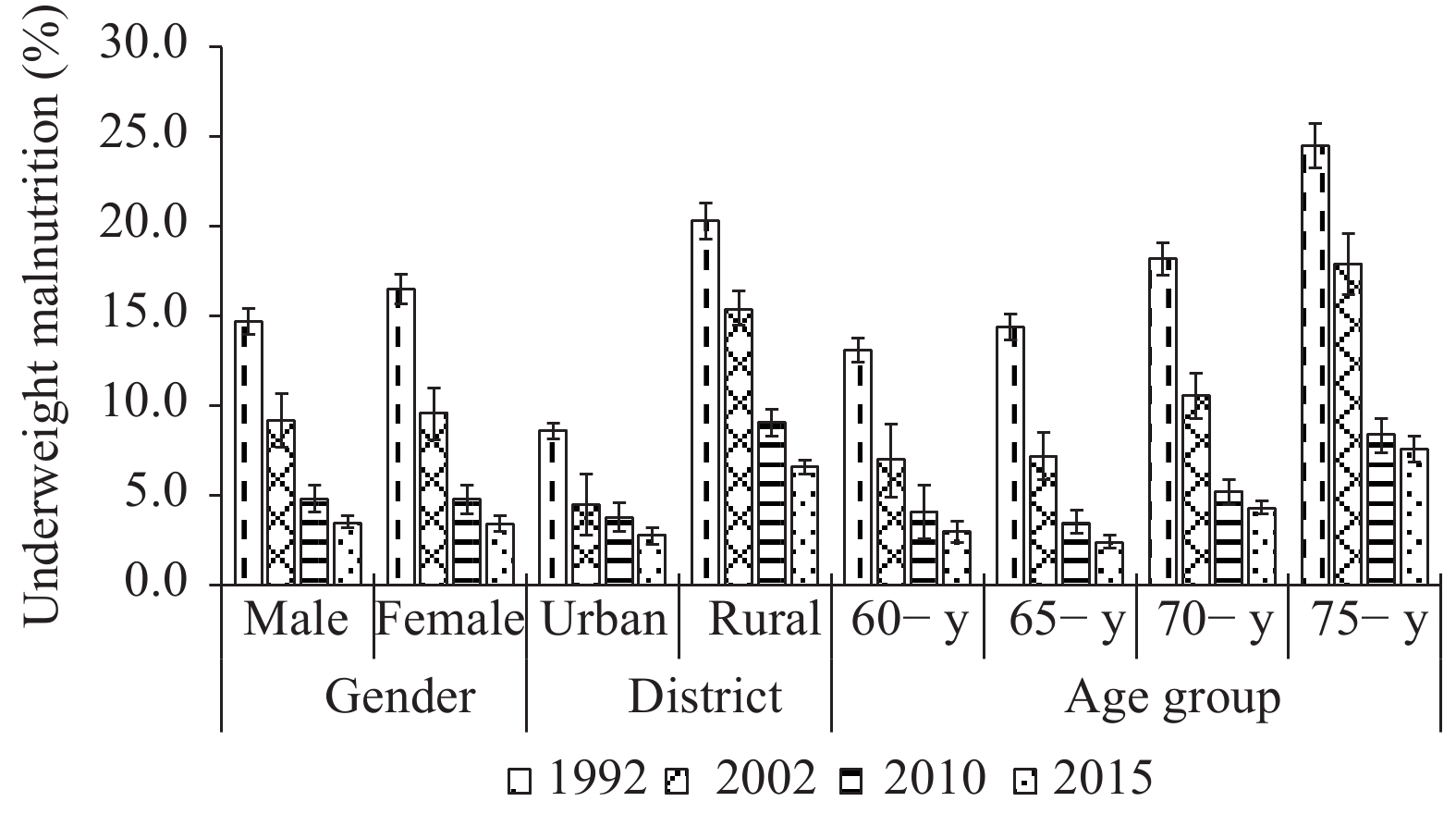2021 Vol. 3, No. 11
Iron deficiency (ID) is the most widespread micronutrient deficiency and have several adverse effects on health. Consequences of ID among children include delayed psychomotor development and impaired cognitive performance, which makes it important to monitor the iron status of children.
In this study, the serum ferritin (SF) level was 56.6 (95% CI: 56.0–57.2) ng/mL in 65,293 children aged 6–17 years old in the National Nutrition and Health Surveillance in China in 2016–2017. ID prevalence varied significantly in children stratified by sex, age, and regions ranging from 1.0% to 28.1% judged by the standard of SF<15 ng/mL and SF<25 ng/mL. ID prevalence in females aged 12–17 years was the highest among children aged 6–17 years.
Understanding iron status of school children could provide evidence and data for developing policies and strategies for ID and iron deficiency anemia (IDA) control and prevention. Females aged 12–17 years showed high ID prevalence, and iron-rich food interventions are strongly recommended.
Low folate status in pregnancy has been associated with multiple adverse pregnancy outcomes, including neural tube defects, congenital heart defects, fetal growth restriction, low birth weight, and preterm delivery. Low folate status is common in China, especially in northern areas.
Folate status remains suboptimal among pregnant Chinese women in 2015. Folate concentration was in the widespread in rural area (9.88ng/mL) and especially in the northern of China (9.10ng/mL). Pregnant women in the last trimester had the lowest folic acid concentration (9.18 ng/mL). Taking folic acid supplements every day would achieve adequate serum folate concentrations (10.87 ng/mL vs. 10.11 ng/mL vs. 9.38 ng/mL, P<0.001).
Folic acid interventions should be strengthened, especially for pregnant women in rural areas and in northern China, those with junior school or below education, those pregnant during spring and winter, or those with late pregnancy.
The prevalence of underweight malnutrition largely decreased in Chinese adults in recent thirty years while obesity became increasingly concerning. However, underweight malnutrition still affected elderly populations and increased risk of anemia, infection diseases, some non-communicable chronic diseases and disability.
In this study, data from 4 national surveys from 1992 to 2015 were analyzed to study underweight malnutrition. There was an 80.5% reduction for underweight malnutrition nationally, including a 67.5% reduction in rural areas and 67.4% in urban areas, and 76.2% in males and 79.4% in females.
Underweight malnutrition seriously affects the health and quality of life for older people and will lead to heavy burdens for families and society overall. Therefore, efforts should be maintained to screen, treat, and safeguard elderly populations with underweight malnutrition using nutritional improvement strategies, especially for the oldest elderly individuals in rural areas.
Insufficient intake of vitamins is one of the major nutritional problems in children aged 6–11 years old in China, and the problem is particularly severe for rural populations.
Among children aged 6–11 years old in 2016–2017, the average intakes of vitamin A, thiamine, riboflavin, vitamin C, and niacin were 336.37 μgRAE/d, 0.7 mg/d, 0.7 mg/d, 51.5 mg/d, and 11.4 mg/d, respectively. The proportions of vitamin intakes reaching recommended nutrient intakes of the 5 nutrients were 18.2%, 13.8%, 14.95%, 24.6%, and 51.3%, respectively.
Imbalance of nutritional conditions among different regions and populations in China should be seriously prioritized in nutritional improvement. Systematic measures including government policy, economy improvement, education, behavior intervention, and food resource safety should be applied.



 Subscribe for E-mail Alerts
Subscribe for E-mail Alerts CCDC Weekly RSS Feed
CCDC Weekly RSS Feed